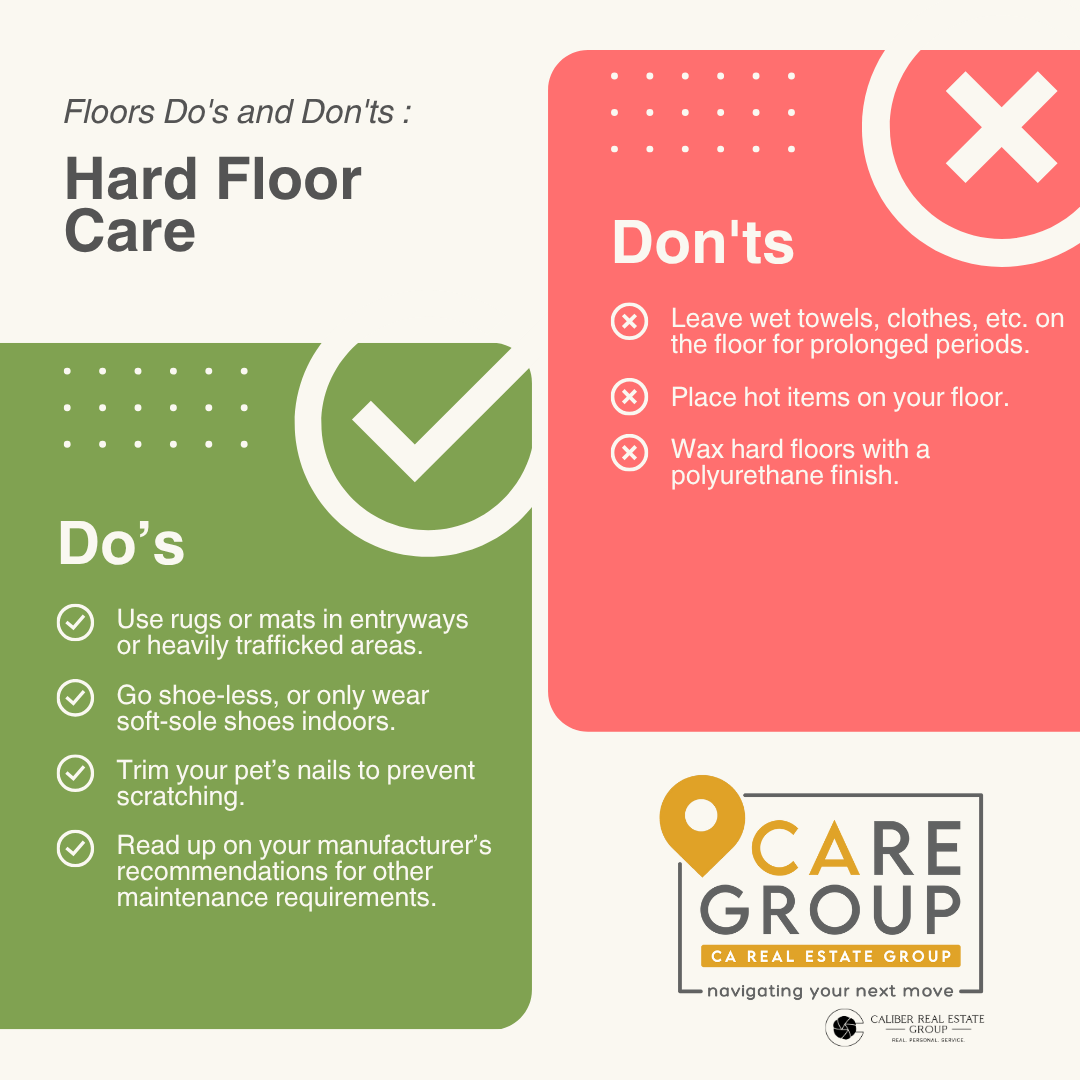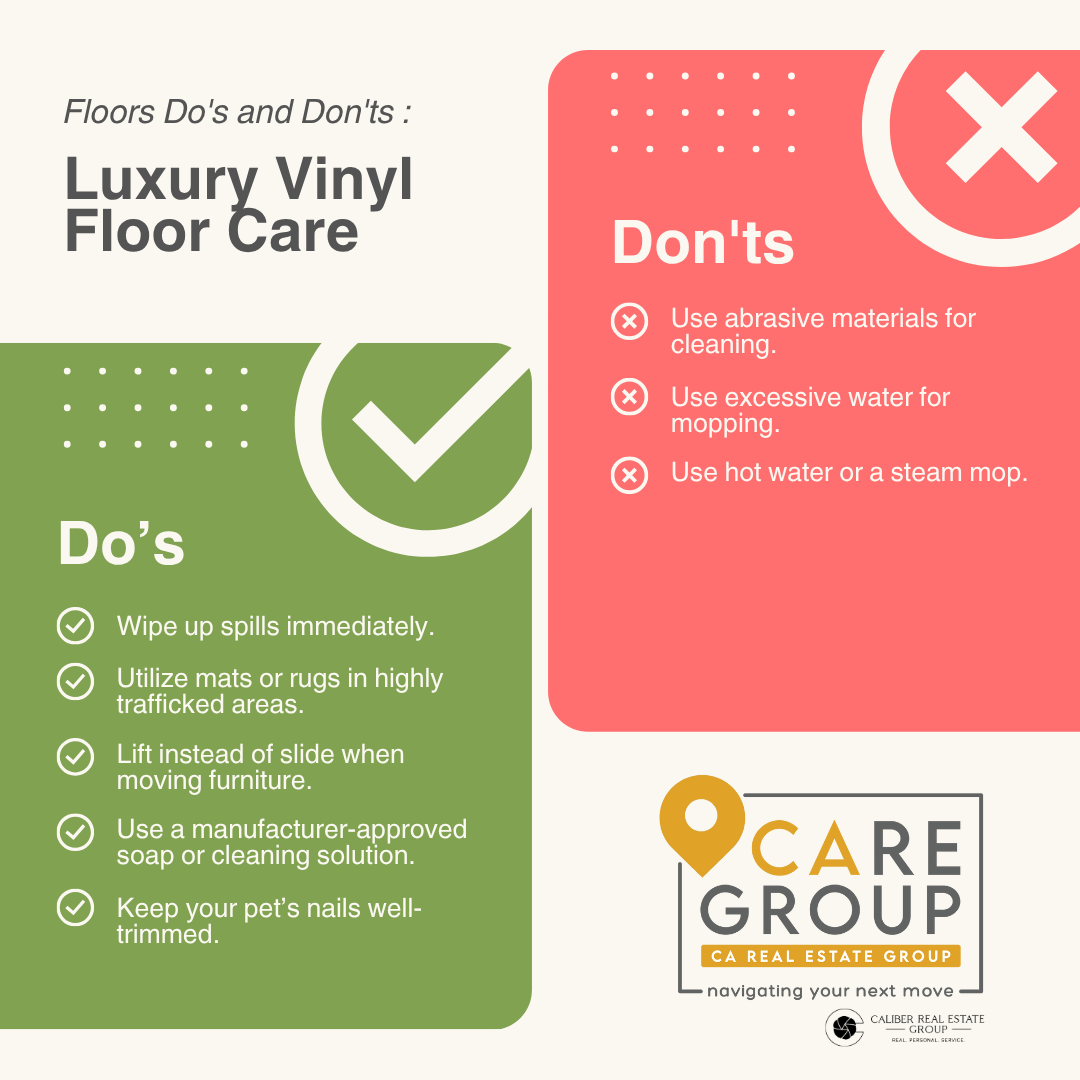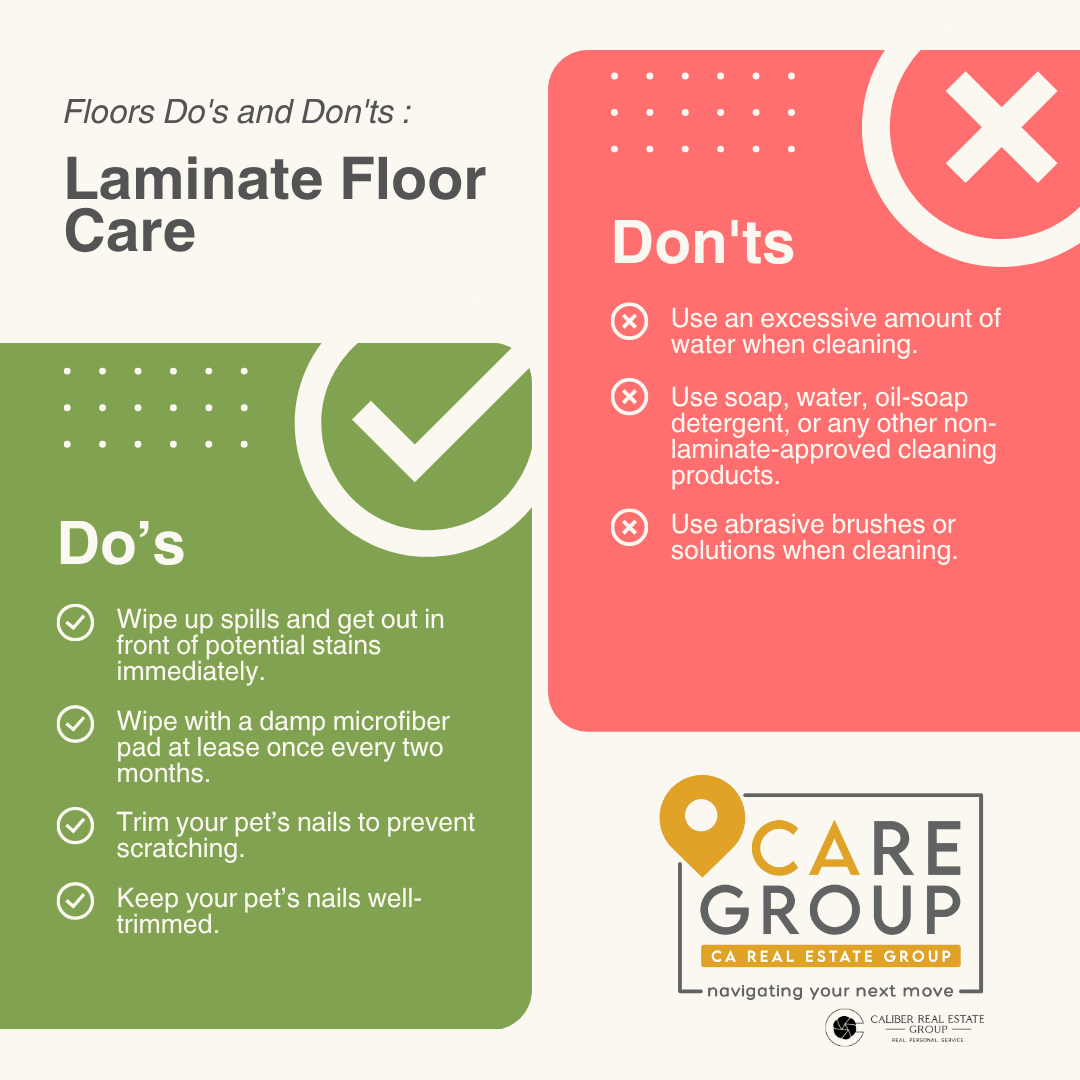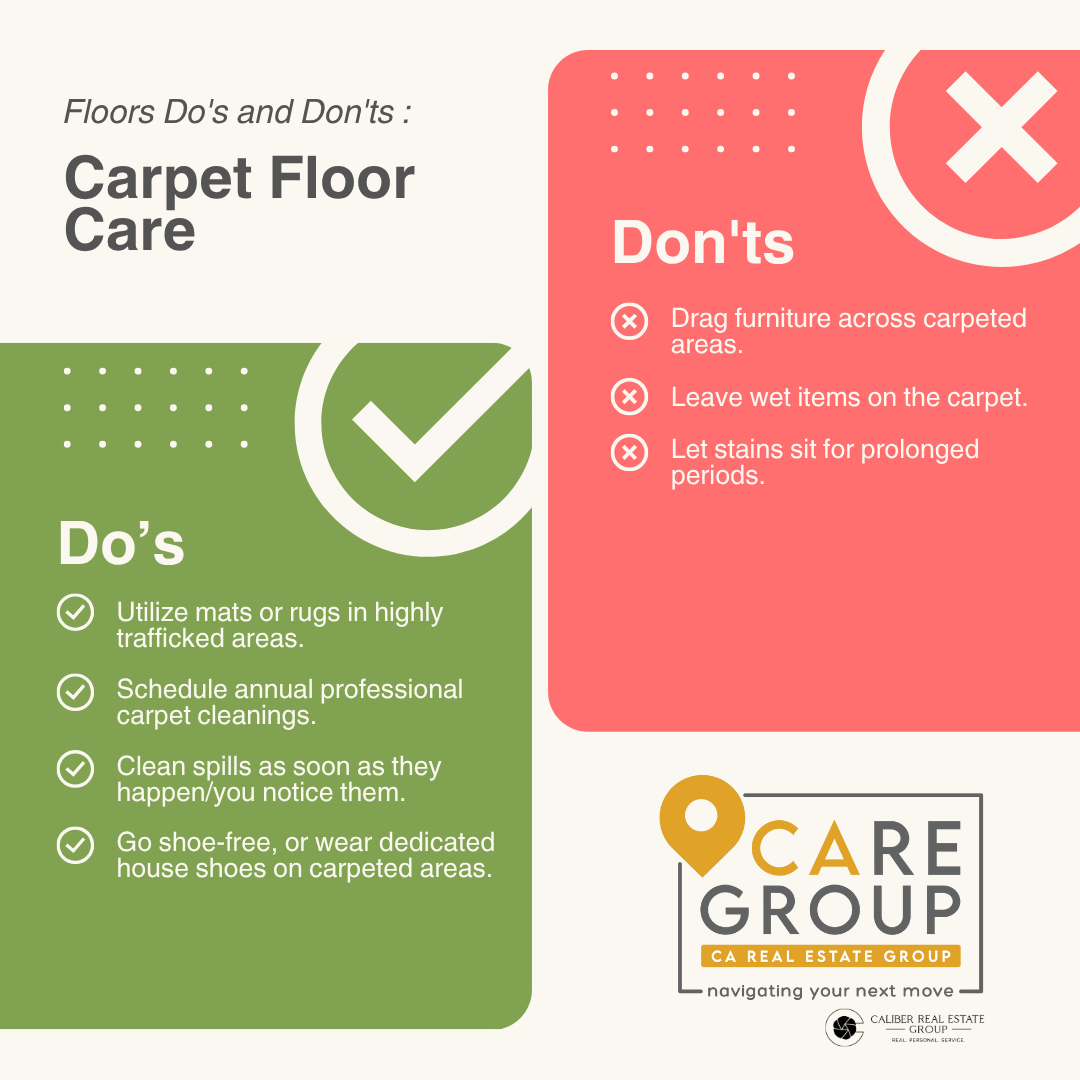:max_bytes(150000):strip_icc():format(webp)/charming-front-door-colors-9369ba2f1c1e4587a2ba04b6c1e12cb6.jpg)
The color of your front door is incredibly important if you want to nail your home’s curb appeal. In fact, surveys show that certain front door colors can help sell your home for top dollar. But even if you’re not planning on hitting the market any time soon, brushing on a fresh hue can give your entire home an instant facelift, allowing you to add personality and impact to your exterior with very little time (or money) spent.
Need a boost of color confidence before you hit the paint aisle? Below, we’re rounding up nine stunning bits of exterior inspiration, along with the paint colors that will help you get the look. From vibrant orange and retro teal to coastal blue, these front doors certainly know how to make an entrance.
01 of 09 | Espalier by Sherwin-Williams
:max_bytes(150000):strip_icc():format(webp)/porch-paint-color-ideas-PhotocoNatashaHabermann-b16964b2067a4291b5f0115d2283ecbf.jpg)
To help her charming Cape Cod-style home feel even more timeless, designer Natasha Habermann turned to a rich emerald green to contrast the crisp white siding. The shade, Espalier by Sherwin-Williams, is saturated and luxe while still feeling traditional enough to live in harmony with the home’s classic architecture.
02 of 09 | Heritage Red by Benjamin Moore
:max_bytes(150000):strip_icc():format(webp)/porch-paint-color-ideas-PhotobyThomasKuohforStudioMunroe-b745d264406845e598b1f2d97eeb66f4.png)
Few color combos are as classic as red, white, and blue, making the trio a go-to exterior palette for designers and homeowners alike. Here, designer Emilie Munroe of Studio Munroe chose Benjamin Moore’s Heritage Red for a finishing touch that feels both timeless and energetic.
03 of 09 | Oceanic Teal by Benjamin Moore
:max_bytes(150000):strip_icc():format(webp)/porch-paint-color-ideas-PhotobyNathanSchroderforMaestriStudio-482728fa985f445e9bb3aa079fd829b8.jpg)
When the exterior of your home has bold accents—be it fanciful architecture or whimsical finishes—it’s important to choose a color that has enough gusto to hold its own.
In this funky mid-century exterior scene by Maestri Studio, bold black and white accents are paired with a retro-inspired teal shade for an entrance that screams, “Fun happens here.” For a similar look, try Oceanic Teal by Benjamin Moore.
04 of 09 | Off-Black by Farrow & Ball
:max_bytes(150000):strip_icc():format(webp)/porch-paint-color-ideas-PhotocoSandraCavalloforOldSilverShed-a47d1415e12345009993065d4d656294.jpeg)
A black front door is the equivalent of a great pair of Levi’s jeans—it looks good on just about anybody (or in this case, any house).
For the exterior of her coastal shingle-style home in Cape Cod, creator Sandra Cavallo of Old Silver Shed opted for a rich and dynamic hue, Farrow & Ball’s Off-Black, to offset the home’s decidedly sunny (and summery) outlook.
05 of 09 | Bluebelle by Benjamin Moore
:max_bytes(150000):strip_icc():format(webp)/porch-paint-color-ideas-PhotobyHectorManuelSanchezDesignbyLaurenConnerInteriors-e1976a10ee8146adbacbeccad73119a2.png)
You may assume coastal-inspired shades like pale blue are reserved for beachfront properties, but we have good news: They can work just as well in a landlocked cul-de-sac.
Case in point? This elegant baby blue on a home by Lauren Conner Interiors, which sits pretty alongside more rustic details, like red brick steps. While this color is a custom blend, you can score a similar look using a shade like Bluebelle from Benjamin Moore.
06 of 09 | Invigorate by Sherwin-Williams
:max_bytes(150000):strip_icc():format(webp)/porch-paint-color-ideas-PhotocoSuzyBroome-075f1ea945a8499998410bb75dacab7f.jpg)
Sometimes, the most unexpected hues end up being the most memorable. When creator Suzy Broome was on the hunt for a shade that could stand up against the patterned tile leading up to her entryway, she turned to a punchy shade of orange to amp up the style quotient.
To mimic this personality-packed look, try Invigorate by Sherwin-Williams.
07 of 09 | Inchyra Blue by Farrow & Ball
:max_bytes(150000):strip_icc():format(webp)/porch-paint-color-ideas-PhotocoEdenHouseCo.-4b6782a5757d430a8253606b1cda559e.jpg)
When working with an exterior that boasts warm-colored materials, like brick, you’ll want to choose a front door color that complements (and cools down) the overall scheme.
At this Ontario home, the Eden House Co. design team looked to a rich blue-gray hue (Farrow & Ball’s Inchyra Blue) to add a moody bit of color to the exterior.
08 of 09 | Arugula by Sherwin-Williams
:max_bytes(150000):strip_icc():format(webp)/porch-paint-color-ideas-PhotobyJannaAllbrittonforYellowPrairieINteriors-46afd812f856445dbf9a58f6c344fa8a.jpg)
Green is a popular front door color, thanks in large part to its versatility and ability to blend in with the surrounding landscaping.
For a shade that’s less expected and more vibrant, swap traditional forest green for a preppier pick, like Arugula by Sherwin-Williams, seen here on a home by Janna Allbritton of Yellow Prairie Interiors.
09 of 09 | Firecracker by Behr
:max_bytes(150000):strip_icc():format(webp)/porch-paint-color-ideas-PhotobyGloriaMcMahon-156a2249b8fe48a3ad9b09a0646ee5e1.jpeg)
If the exterior of your home is natural wood, you’ve pretty much hit the jackpot—you can pick basically any shade for your front door color and it’ll look good.
To bring a bit of spice to her 1800s New England colonial, creator Gloria McMahon of The Long Awaited Home opted for a brick red, Behr’s Firecracker, which boasts just enough vibrancy to keep the exterior feeling very of this century.
















